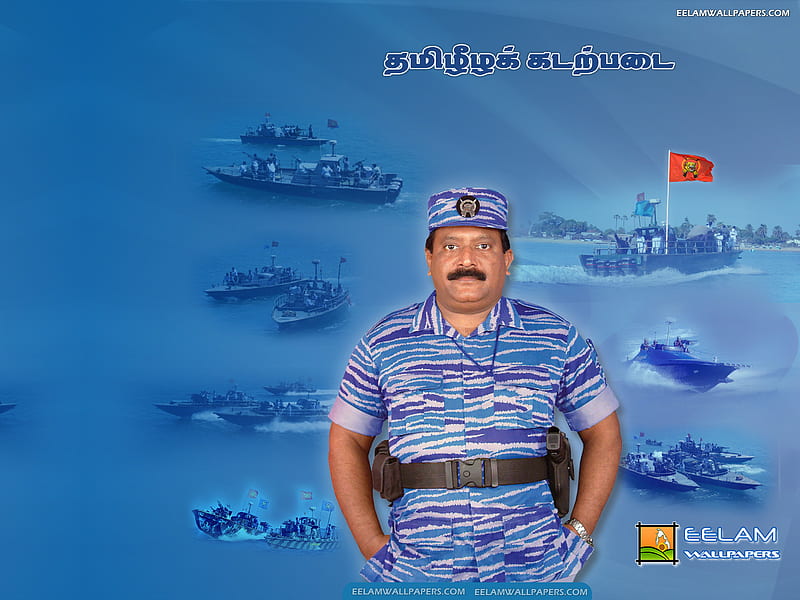

I am a university instructor, teaching courses in critical thinking, feminist philosophy, modern political philosophy and normative ethics. The thesis was awarded the Stockholm University Association’s prize for the best thesis in the Humanities at Stockholm University.


I received my PhD in 2013 at Stockholm University, with the thesis Democracy and the Common Good: A Study of the Weighted Majority Rule. In my present research I examine the moral philosophical implications that accompany empirical research on implicit bias. I have previously carried out research on democracy, discrimination, sexism, racism, harm and justice. My areas of philosophical interest include political philosophy, moral philosophy and feminist philosophy. Self-presentation: I am a researcher in practical philosophy at the Institute for Future Studies. The exhibition will also present works by Katarina Pirak Sikku, FCNN, Jeannette Ehlers & La Vaughn Belle, and others, all of which relate to Scandinavia's colonial past and future. Also in the exhibition is Renzo Martens & CATPC's portrayal of a conflict over cultural heritage between a group of artists from the Democratic Republic of Congo and an American museum. As for example Jonas Staal's documentary images from Rojava, images that depict the process to establish democratic confederalism in the Kurdish area of North Syria, and Taus Makhacheva's balancing act, in which museum paintings are moved between mountaintops in the Caucasus Mountains by a tight-rope walker, and an installation by Otobong Nkanga addressing the subject of land exploitation in Brazil, Namibia and locally.

Several works address the historical colonial exploitation, inequality and devastation caused by global capitalism.
#Eelam wallpapers img national leader series#
Can exile take us towards a different understanding of the need for a nation state? What should be preserved once the occupation of Palestine is a historical memory?įrom this central question, the exhibition contains a series of works that each present concrete proposals for how new cultural heritage can be imagined, or shift, twist and turn existing perceptions of how the past works in our time and in the future. By proposing it as something to preserve and nurture, the conditions for how a world heritage site can emerge are shifted for a moment. Dheisheh, created in 1949, can be understood as a permanently temporary society within a stateless nation, existing both in adherence and in contradiction to the UN regulations. The installation, which consists of light boxes and photo albums, makes reference to the camp and its relations with the Palestinan villages from which people were driven out in 1948. In their Refugee Heritage, they speculate on what would happen if the Dheisheh refugee camp in Palestine was designated a UNESCO World Heritage Site, and afforded the same status as, say, the Pyramids of Giza, Birka or the Taj Mahal. The exhibition has its origins in Palestine and in a close working relationship between Esche and the artists/architects Sandi Hilal and Alessandro Petti.


 0 kommentar(er)
0 kommentar(er)
